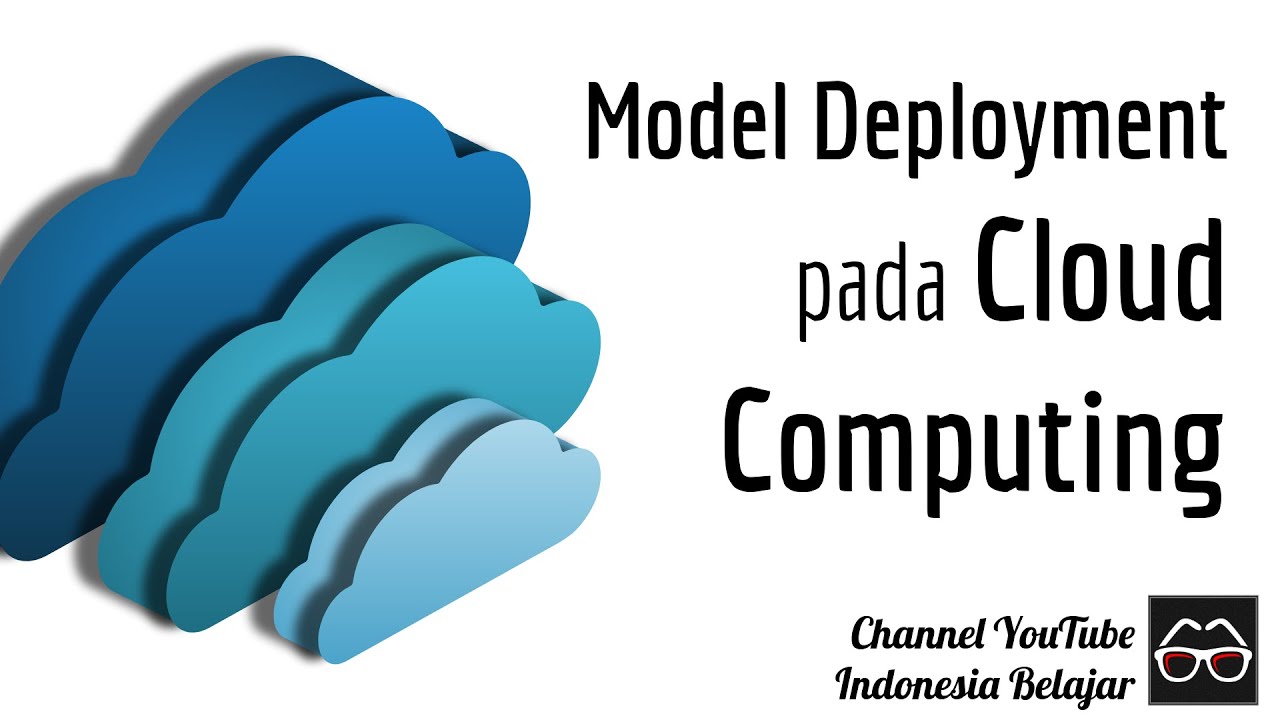Cloud Computing Deployment Models - Private Cloud, Hybrid Cloud, and Multicloud
Summary
TLDRThis lesson delves into cloud computing deployment models, contrasting private, public, hybrid, and multicloud options. Private clouds offer control and security, utilizing in-house data centers with software layers like VMware, Microsoft, and OpenStack. Public clouds, highlighted by AWS, Azure, and Google Cloud, provide variable costs, scalability, and shared infrastructure. Hybrid clouds combine the two, offering flexibility in application placement and data movement. Multicloud strategies leverage multiple providers for diverse needs, increasing complexity but optimizing service use.
Takeaways
- 🌟 Cloud computing deployment models are distinct from service models, focusing on how the cloud is set up and used.
- 🏢 Private cloud deployment involves setting up infrastructure within an organization's own data center and requires additional software layers for cloud services.
- 🤖 Vendors like VMware, Microsoft, Red Hat, and OpenStack offer software solutions for private cloud environments.
- ☁️ Public cloud services are utilized by multiple customers and organizations, with AWS, Microsoft Azure, and Google Cloud Platform being the most prominent providers.
- 🔗 Hybrid cloud combines both private and public cloud services, connecting them for seamless data and application flow.
- 💡 The benefits of private cloud include complete control over the stack and potentially higher security tailored to specific needs.
- 💰 Public cloud offers variable expenses, operating as an operational expenditure (Opex) rather than a capital expenditure (Capex).
- 📈 Economies of scale in public cloud can lead to cost-effective solutions due to the large infrastructure and shared services among many customers.
- 🛠️ Elasticity in public cloud allows for almost limitless scalability, accommodating rapid business growth without the need for significant upfront investment.
- 🌐 Multicloud strategy involves using multiple public and private cloud services simultaneously, chosen based on the best fit for different applications and team preferences.
- 🔄 Multicloud environments increase complexity but allow organizations to leverage the best features of different cloud providers.
Q & A
What are the different cloud computing deployment models mentioned in the script?
-The script discusses four deployment models: private cloud, public cloud, hybrid cloud, and multicloud.
What is a private cloud and how is it deployed?
-A private cloud is a cloud computing environment where the infrastructure is deployed within an organization's own data center. It requires software layers on top of the hardware to function as a cloud service, including capabilities like billing, service catalog, and configuration management.
Which vendors offer software layers for private cloud deployment?
-Vendors such as VMware, Microsoft, Red Hat, and OpenStack provide software layers that can be deployed on top of the hardware for private cloud services.
What are the three main public cloud providers discussed in the script?
-The script mentions AWS (Amazon Web Services), Microsoft Azure, and Google Cloud Platform as the three largest public cloud providers.
What is a hybrid cloud and how does it differ from a private or public cloud?
-A hybrid cloud is a deployment model that connects public and private clouds, allowing data and applications to be shared between them. It differs from private and public clouds by providing the ability to leverage both environments simultaneously.
What are the benefits of using a private cloud?
-Private clouds offer complete control over the entire stack, allowing organizations to build it to their exact requirements. They can also provide enhanced security, as the infrastructure is managed within the organization's own data center.
What are the main advantages of public cloud services?
-Public clouds offer variable expenses, operating as an operational expenditure rather than a capital expenditure. They also provide economies of scale, making them cost-effective, and have massive elasticity, allowing for almost limitless scaling capabilities.
How does a hybrid cloud allow for application deployment flexibility?
-A hybrid cloud allows organizations to choose where to deploy their applications based on their needs. Some applications might make more sense in the data center, while others might benefit more from the scalability and services offered by the public cloud.
What is multicloud and why might an organization choose to implement it?
-Multicloud refers to the use of two or more cloud services at the same time, often from different providers. An organization might choose to implement a multicloud strategy to leverage the best features of different clouds, such as specific services, development tools, or integrations.
What are some challenges associated with a multicloud environment?
-While multicloud offers flexibility and the ability to use the best services from different providers, it also increases complexity. This can affect security and operational efficiency, as managing multiple cloud environments can be more difficult.
How does the script describe the difference in security levels between private and public clouds?
-The script notes that while public clouds, like AWS, have a high level of built-in security that is difficult to replicate, there are situations where an organization might require full control over every layer of the stack for security reasons, which can only be achieved with a private cloud.
Outlines

This section is available to paid users only. Please upgrade to access this part.
Upgrade NowMindmap

This section is available to paid users only. Please upgrade to access this part.
Upgrade NowKeywords

This section is available to paid users only. Please upgrade to access this part.
Upgrade NowHighlights

This section is available to paid users only. Please upgrade to access this part.
Upgrade NowTranscripts

This section is available to paid users only. Please upgrade to access this part.
Upgrade NowBrowse More Related Video

Módulo 5 - Deployment Models

Cloud Computing In 6 Minutes | What Is Cloud Computing? | Cloud Computing Explained | Simplilearn

Cloud Engineer: Apache CloudStack - Install, Build and Run IaaS Cloud

Cloud 04 | Deployment Model pada Cloud Computing | Belajar Cloud Computing | Komputasi Awan

1 1 1 Definition and essential characteristics of Cloud Computing

Cloud Deployment Models - Public Cloud, Private Cloud, Hybrid Cloud & Community Cloud
5.0 / 5 (0 votes)